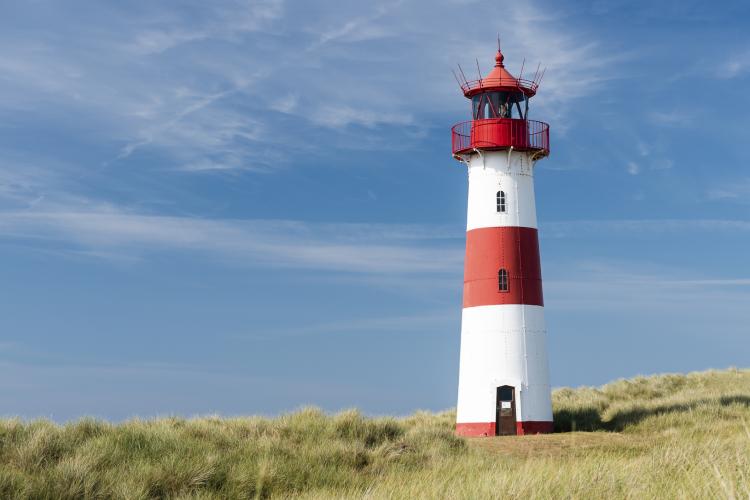Stamp: Lighthouse Keepers daughter rowing to Casquets (Alderney 1991)
Lighthouse Keepers daughter rowing to Casquets (Alderney 1991)
30 April (Alderney ) within release Automation of the Casquets Lighthouse goes into circulation Stamp Lighthouse Keepers daughter rowing to Casquets face value 26 Guernsey penny
| Stamp Lighthouse Keepers daughter rowing to Casquets in catalogues | |
|---|---|
| Michel: | Mi:GG-AL 50 |
| Stanley Gibbons: | Sg:GG-AL 48 |
Stamp is horizontal format.
Also in the issue Automation of the Casquets Lighthouse:
- Stamp - Wreck of H. M. S. Victory, 1744 face value 21;
- Stamp - Lighthouse Keepers daughter rowing to Casquets face value 26;
- Stamp - MBB-Bolkow Bo 105D Helicoptor face value 31;
- Stamp - Migrating Birds over Lighthouse face value 37;
- Stamp - Trinity House Vessel 'Patricia' & Arms face value 50;
Stamp Lighthouse Keepers daughter rowing to Casquets it reflects the thematic directions:
A ship is a large watercraft that travels the world's oceans and other sufficiently deep waterways, carrying passengers or goods, or in support of specialized missions, such as defense, research and fishing. Historically, a "ship" was a sailing vessel with at least three square-rigged masts and a full bowsprit. Ships are generally distinguished from boats, based on size, shape and load capacity.
A vehicle (from Latin: vehiculum) is a mobile machine that transports people or cargo. Typical vehicles include wagons, bicycles, motor vehicles (motorcycles, trucks, buses), railed vehicles (trains, trams), watercraft (ships, boats), aircraft and spacecraft. Land vehicles are classified broadly by what is used to apply steering and drive forces against the ground: wheeled, tracked, railed or skied. ISO 3833-1977 is the standard, also internationally used in legislation, for road vehicles types, terms and definitions.
A lighthouse is a tower, building, or other type of structure designed to emit light from a system of lamps and lenses, and to serve as a navigational aid for maritime pilots at sea or on inland waterways. Lighthouses mark dangerous coastlines, hazardous shoals, reefs, and safe entries to harbors, and can assist in aerial navigation. Once widely used, the number of operational lighthouses has declined due to the expense of maintenance and use of electronic navigational systems.
Rowing is the act of propelling a human-powered watercraft using the sweeping motions of oars to displace water and generate reactional propulsion. Rowing is functionally similar to paddling, but rowing requires oars to be mechanically attached to the boat, and the rower drives the oar like a lever, exerting force in the same direction as the boat's travel; while paddles are completely hand-held and have no attachment to the boat, and are driven like a cantilever, exerting force opposite to the intended direction of the boat.




